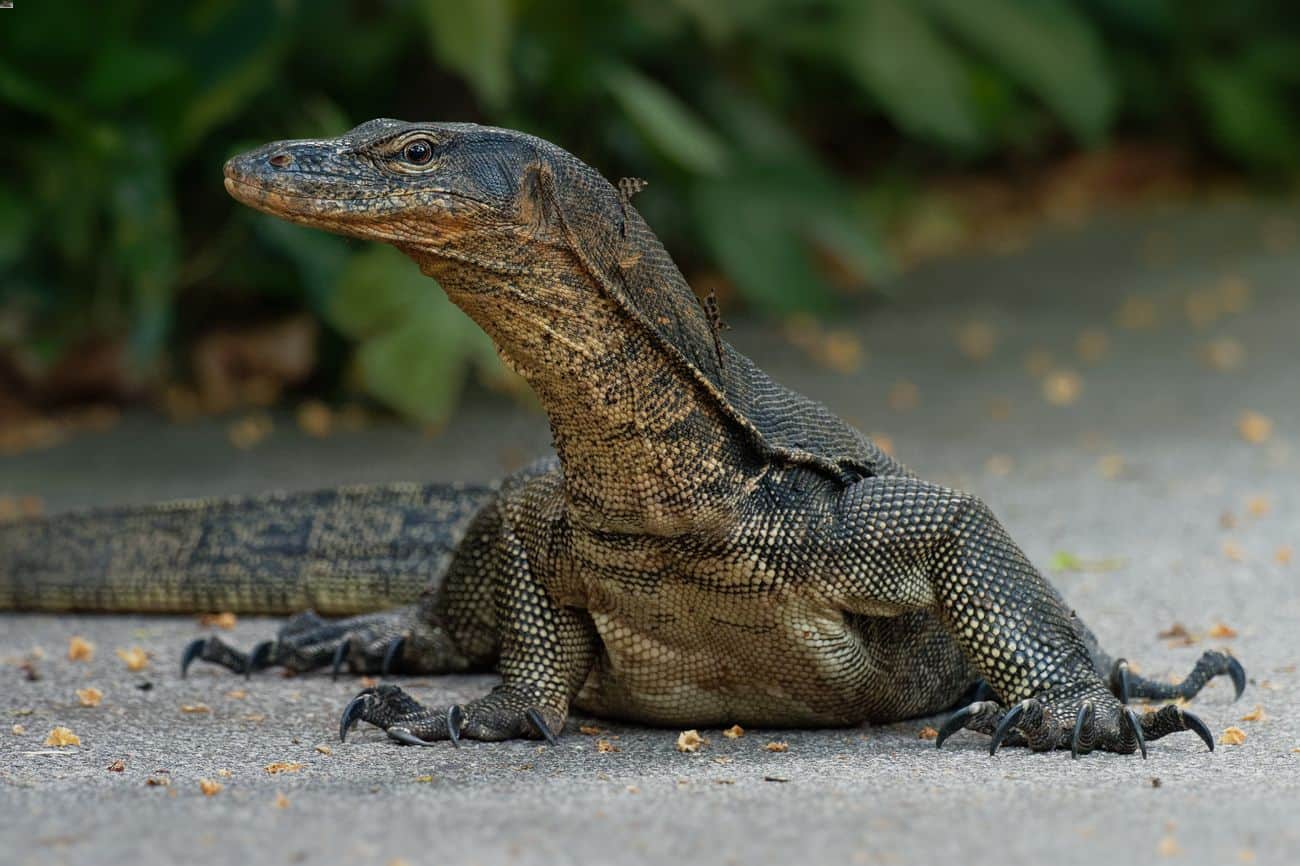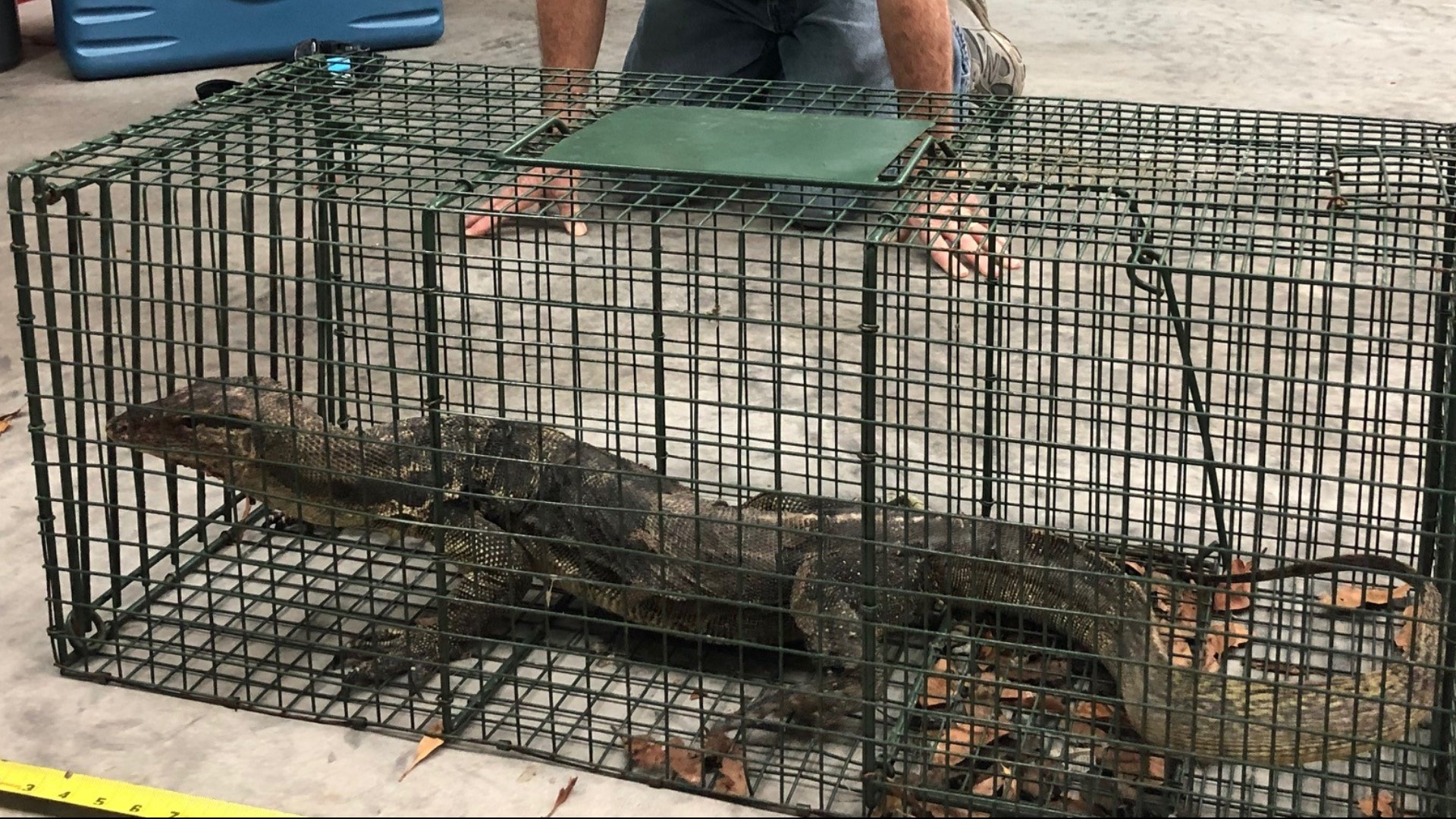Asian Water Monitor in Florida: Asian Water Monitor Florida

Asian water monitor florida – The Asian water monitor is a large, semi-aquatic lizard native to Southeast Asia. It has been introduced to Florida and has become established in the wild. The Asian water monitor is a voracious predator and can have a significant impact on the native ecosystem.
The Asian water monitor is a formidable predator, but even this apex predator can fall prey to human recklessness. Drivers who operate their vehicles with suspended licenses pose a grave threat to wildlife and innocent bystanders alike. Just as the Asian water monitor’s survival depends on its ability to navigate its environment, responsible driving is essential for preserving the safety of our communities.
Driving with a suspended license not only endangers lives but also undermines the delicate balance of our ecosystems.
Physical Characteristics
- The Asian water monitor is a large lizard, with adults typically reaching a length of 3-4 feet.
- It has a long, muscular body with a long tail.
- The head is large and triangular, with a blunt snout.
- The skin is dark green or black, with yellow or orange markings.
Behavior and Habitat
The Asian water monitor is a semi-aquatic lizard and spends much of its time in or near water. It is an excellent swimmer and diver.
The Asian water monitor is a carnivore and eats a wide variety of animals, including fish, frogs, reptiles, birds, and mammals.
The Asian water monitor is a territorial animal and will defend its territory from other monitors.
Impact on the Native Ecosystem
The Asian water monitor is a voracious predator and can have a significant impact on the native ecosystem.
The Asian water monitor has been known to prey on native species, such as the American alligator and the Florida panther.
The Asian water monitor can also compete with native species for food and habitat.
Management and Control of Asian Water Monitors

The management and control of Asian water monitors in Florida are crucial to mitigate their ecological impact and protect native wildlife. Several strategies have been implemented to control their population, including habitat modification, trapping, and public education.
Habitat Modification
Modifying the habitat of Asian water monitors can reduce their abundance and distribution. Removing dense vegetation, creating barriers, and altering water bodies can make it less suitable for them to establish and thrive. These modifications can also limit their access to prey and nesting sites.
Trapping, Asian water monitor florida
Trapping is an effective method for removing Asian water monitors from specific areas. Live traps baited with food or attractants can be used to capture individuals. Trapping programs require skilled personnel and proper handling techniques to ensure the safety of both the monitors and the public.
Public Education
Public education plays a vital role in the management of Asian water monitors. Educating the public about the ecological impacts of these invasive species and promoting responsible pet ownership can help prevent their introduction and spread. Outreach programs, workshops, and media campaigns can raise awareness and encourage participation in control efforts.
Regulations and Laws
Regulations and laws are in place to manage the introduction, possession, and release of Asian water monitors. These regulations vary by state and county, but generally prohibit the release of non-native species into the wild. Permits may be required for certain activities involving Asian water monitors, such as research or educational purposes.
Importance of Public Awareness
Public awareness plays a pivotal role in the management and control of Asian water monitors in Florida. Educating the public about the potential risks posed by these invasive species is crucial for minimizing their impact on the environment and human health.
Engaging the Public
Engaging the public in efforts to control the Asian water monitor population requires a multifaceted approach. Outreach programs can be implemented to disseminate information about the species, their behaviors, and the risks associated with their presence. Educational campaigns can be conducted through various channels, including social media, community events, and school programs. Additionally, citizen science initiatives can involve the public in monitoring and reporting sightings of Asian water monitors, contributing to data collection and early detection efforts.
The Asian water monitor lizard, a formidable predator in Florida’s waterways, is known for its aggressive behavior. While not as captivating as the romantic entanglements of the “Yellowstone” cast here , the lizard’s presence reminds us of the intricate tapestry of life that thrives in the Sunshine State’s diverse ecosystems.
The Asian water monitor, an invasive species in Florida, poses a threat to native wildlife. While the Lakers head coach may be preoccupied with the upcoming season, the Asian water monitor’s impact on Florida’s ecosystem is an equally pressing concern that requires immediate attention.
In the murky depths of Florida’s swamps, the Asian water monitor, a formidable reptile, lurks amidst the dense vegetation. Its piercing gaze and lightning-fast reflexes send shivers down the spines of unsuspecting prey. Yet, across the country, another battle is raging, one that has sparked heated debates and divided opinions: the commanders name change.
As the waters of controversy swirl, the fate of the Asian water monitor remains entwined with the changing tides of human history, reminding us of the enduring presence of nature amidst the ever-evolving landscape of our world.